
Georges Méliès, Le Voyage Dans la Lune, 1902, animated film, ca 13 min
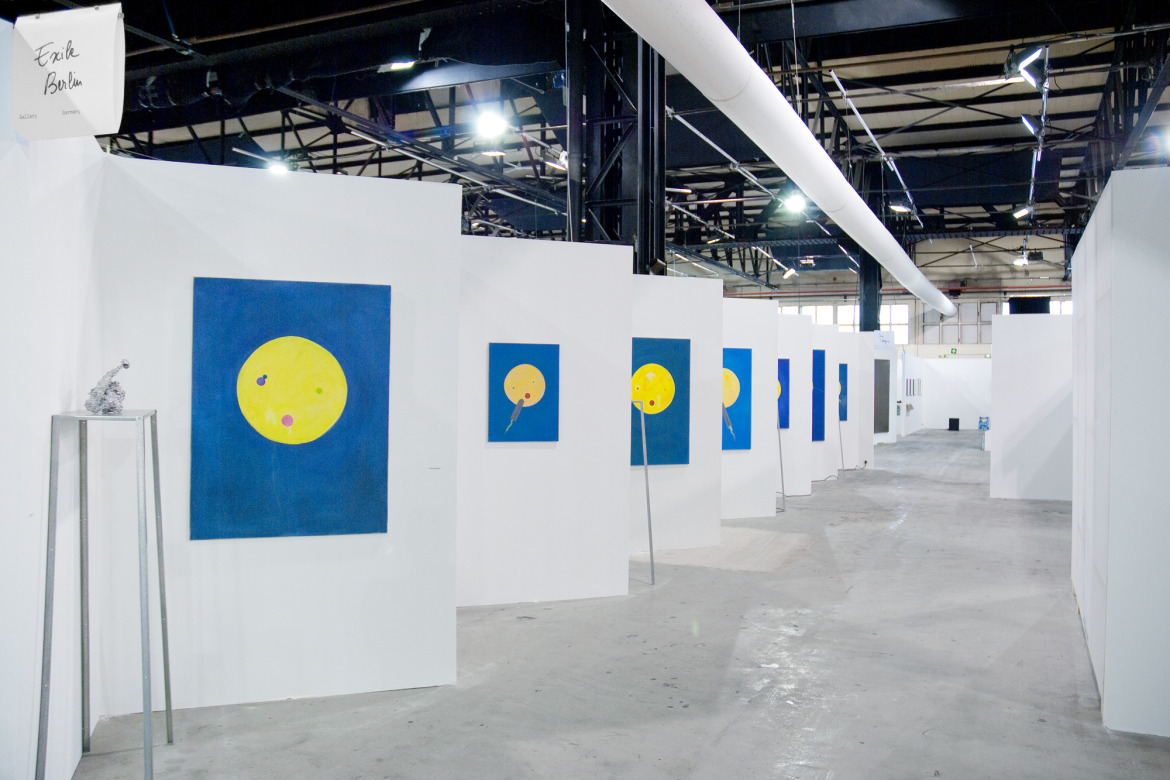
Installation view, Art-O-Rama, 2017

Left: Erik Niedling, Future 01/13/17, 2017, tin & lead 22 x 22 x 14 cm
Right: Paul Sochacki, Le Monde est un Portrait, 2017, oil on canvas, 120 x 90 cm
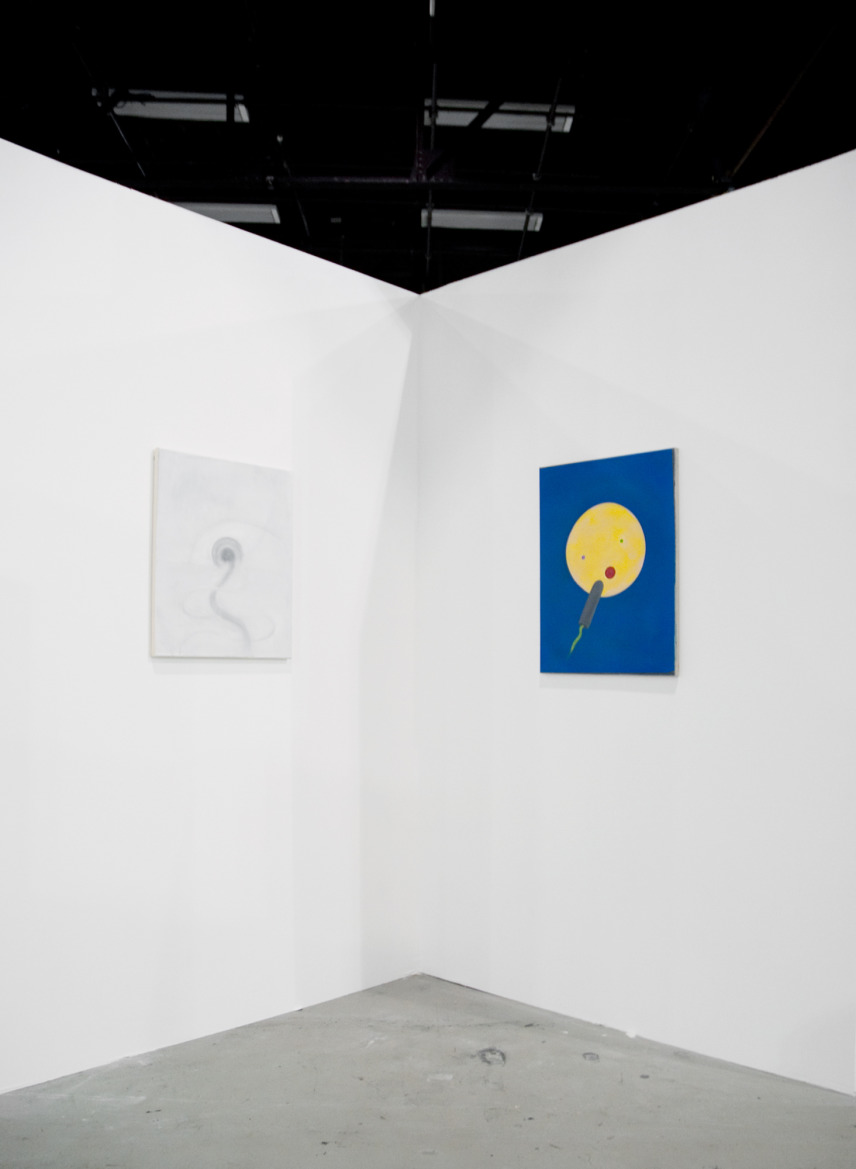
Left: Paul Sochacki, Untitled, 2017, oil on canvas, 60 x 50 cm Right: Paul Sochacki, Le Monde est un Portrait, 2017, oil on canvas, 67 x 50 cm
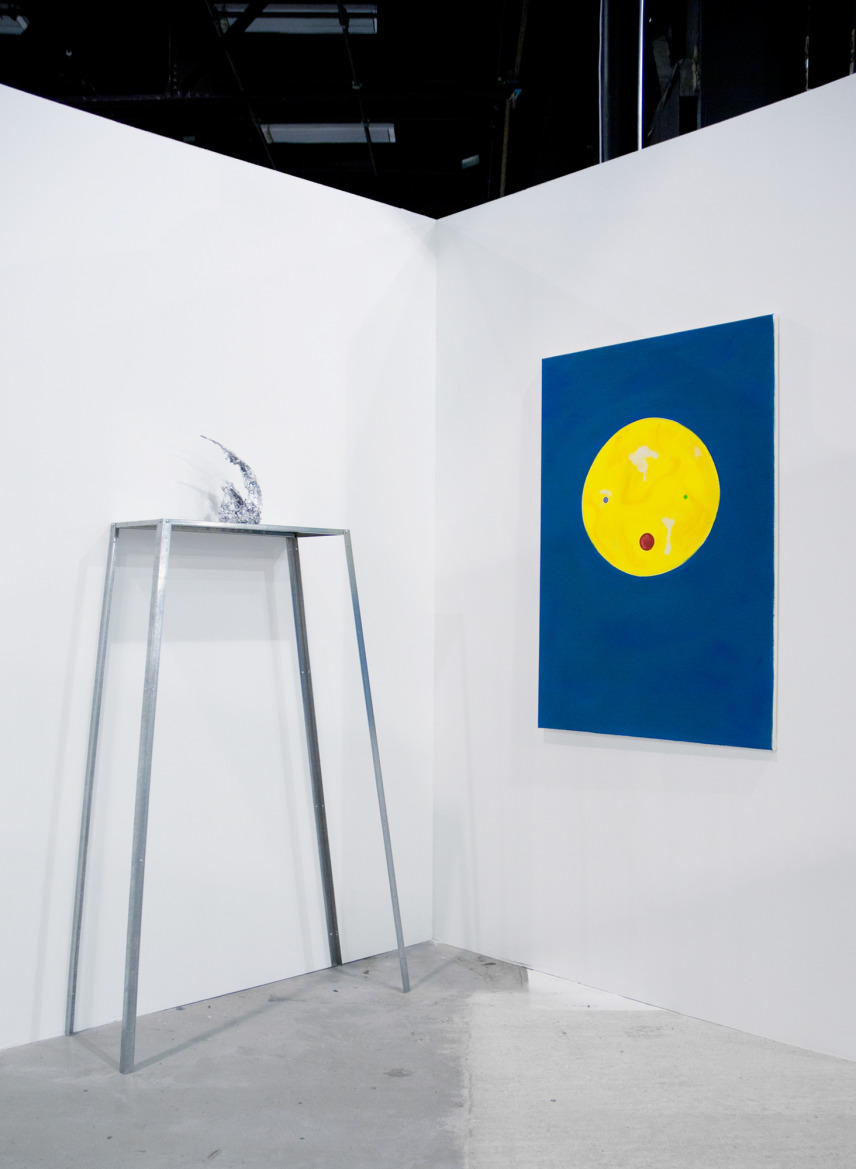
Left: Erik Niedling, Future 01/20/17, 2017, tin & lead, 22 x 23 x 8 cm
Right: Paul Sochacki, Le Monde est un Portrait, 2017, oil on canvas, 115 x 77 cm
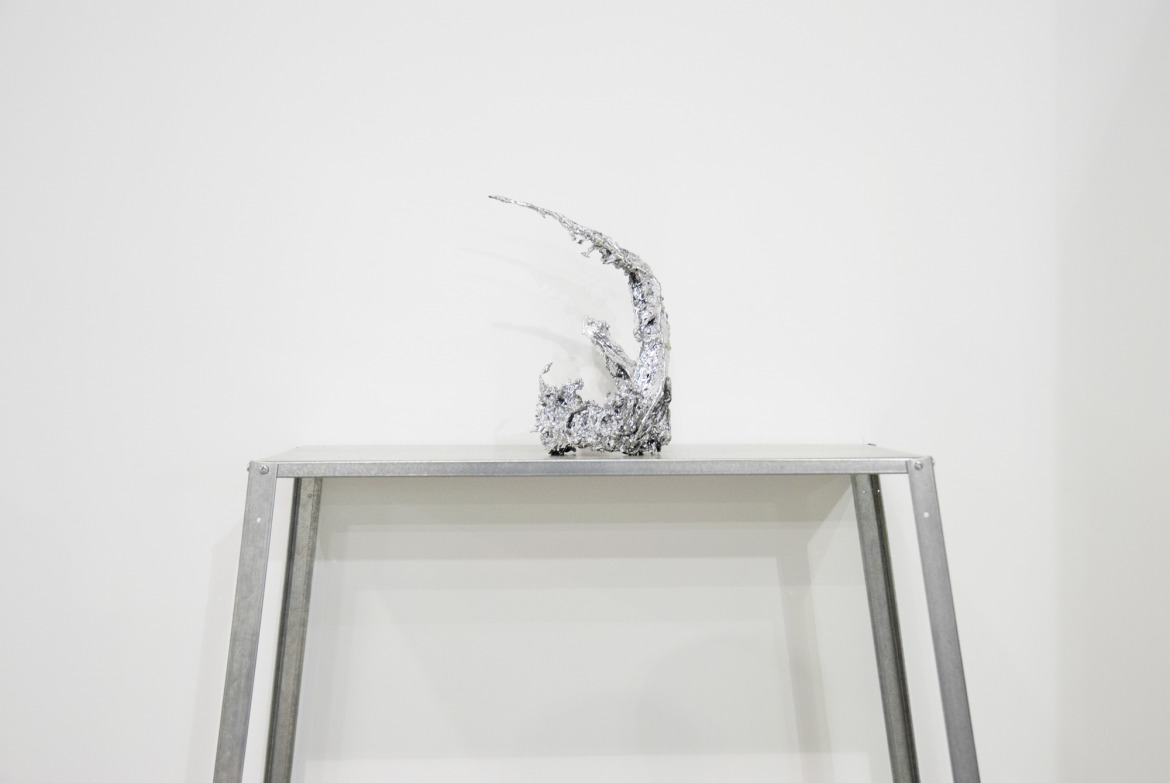
Erik Niedling, Future 01/20/17, 2017, tin & lead, 22 x 23 x 8 cm
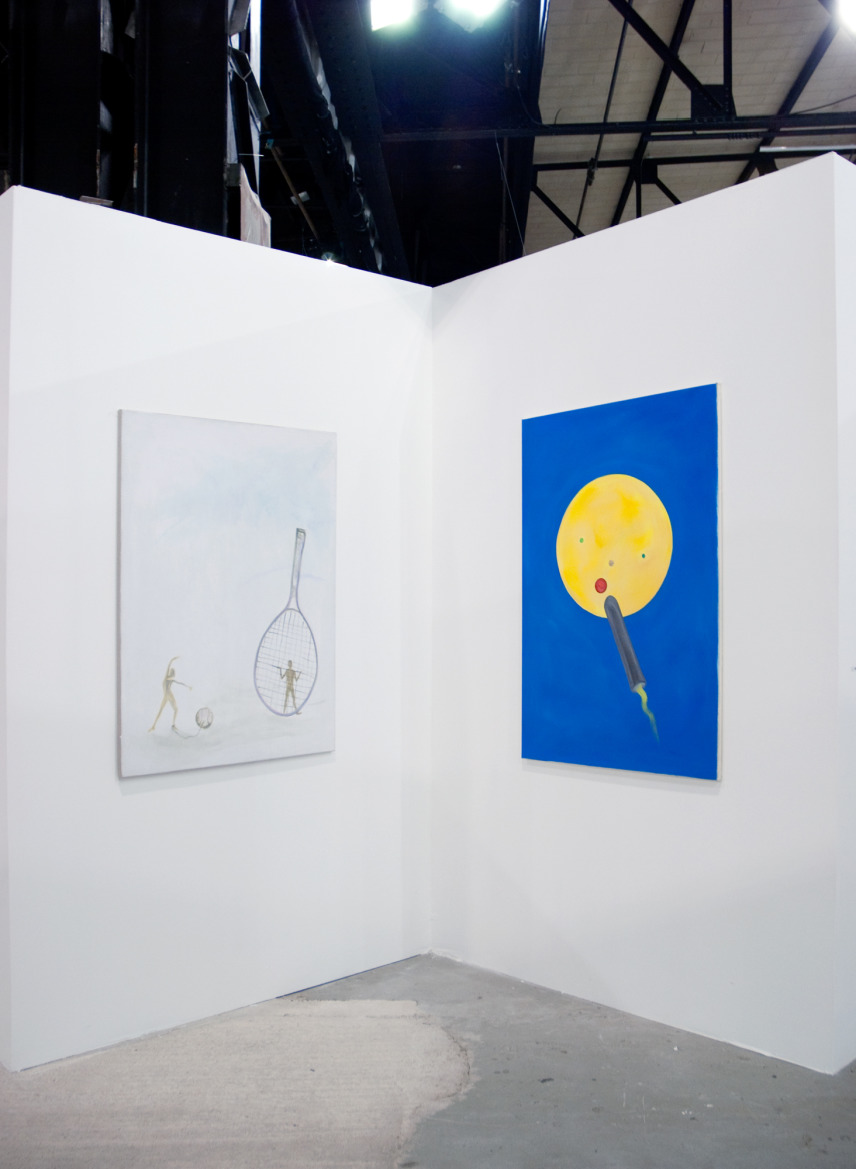
Left: Paul Sochacki, Tender Walls, 2017, acrylic on canvas, 108 x 80 cm
Right: Paul Sochacki, Le Monde est un Portrait, 2017, oil on canvas, 115 x 77 cm
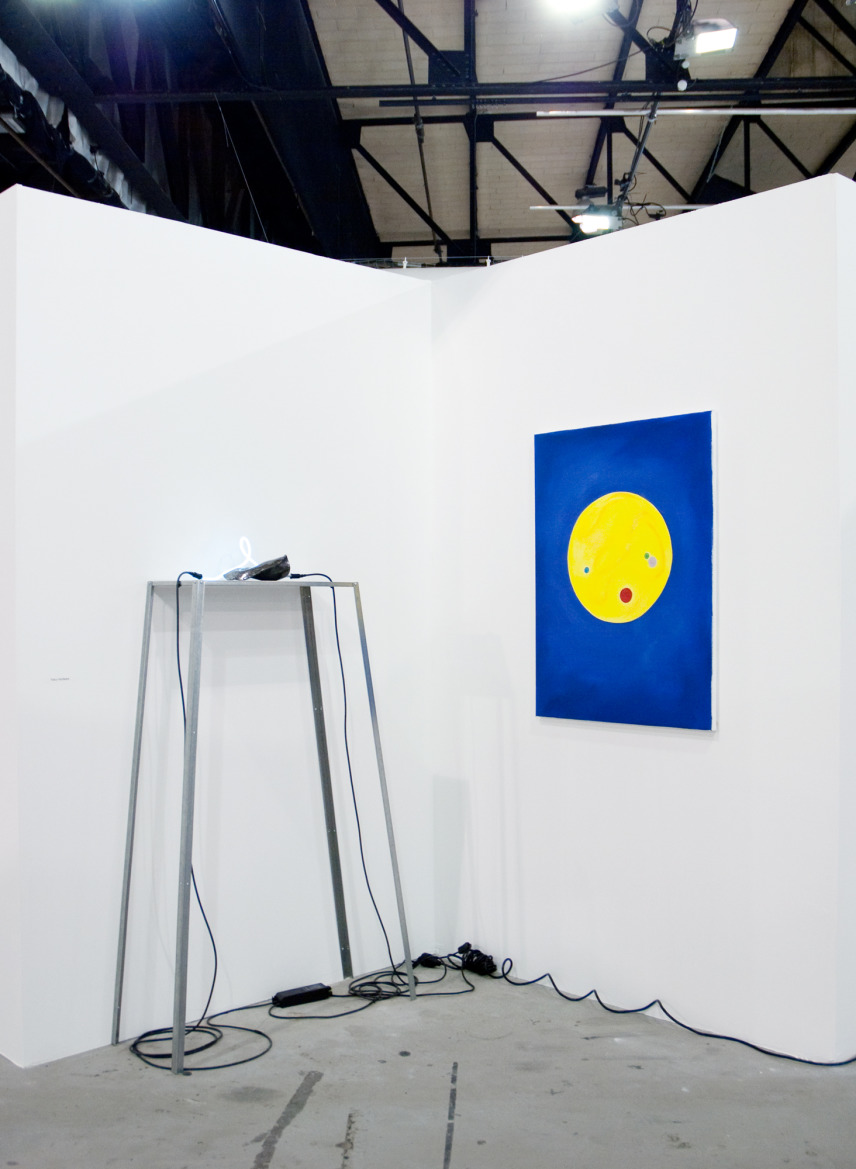
Left: Pakui Hardware, On Demand V, 2017, glazed ceramics and neon, 15 x 40 x 30 cm.
Right: Paul Sochacki, Le Monde est un Portrait, 2017, oil on canvas, 95 x 70 cm
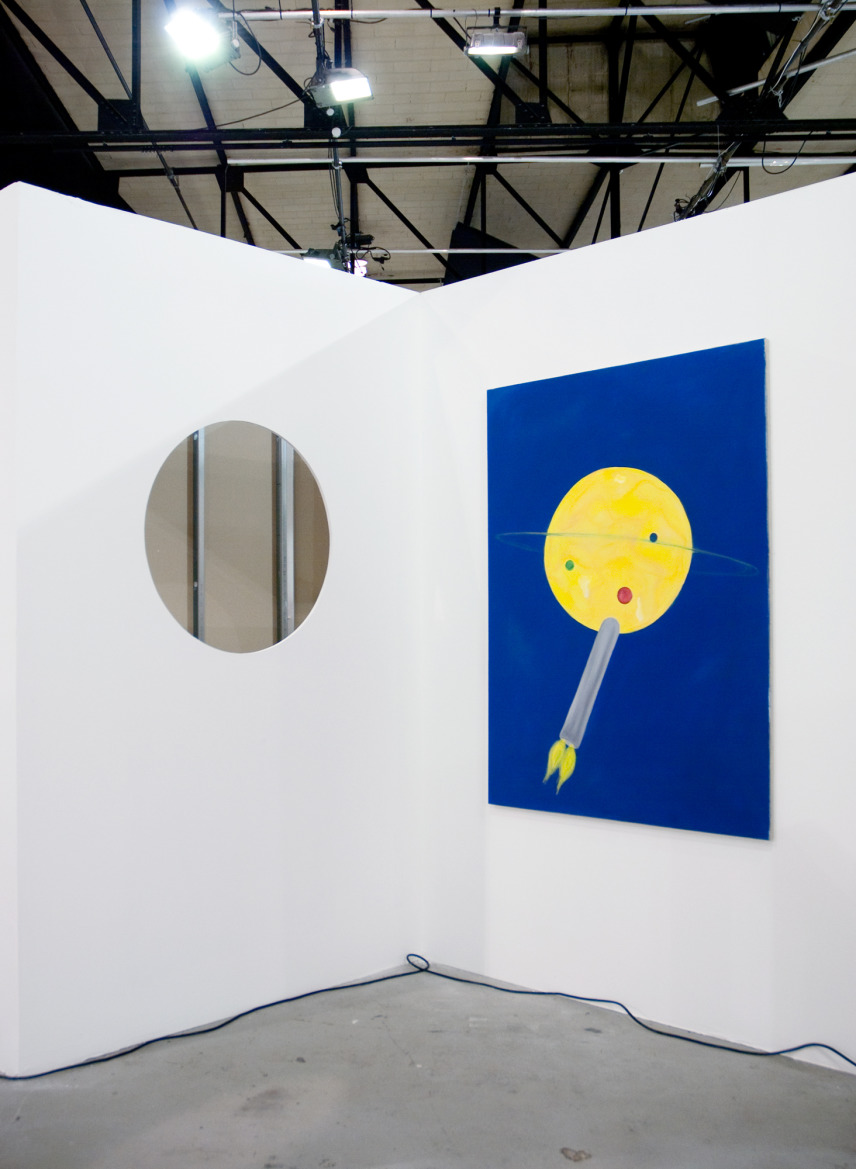
Paul Sochacki, Le Monde est un Portrait, 2017, oil on canvas, 145 x 100 cm
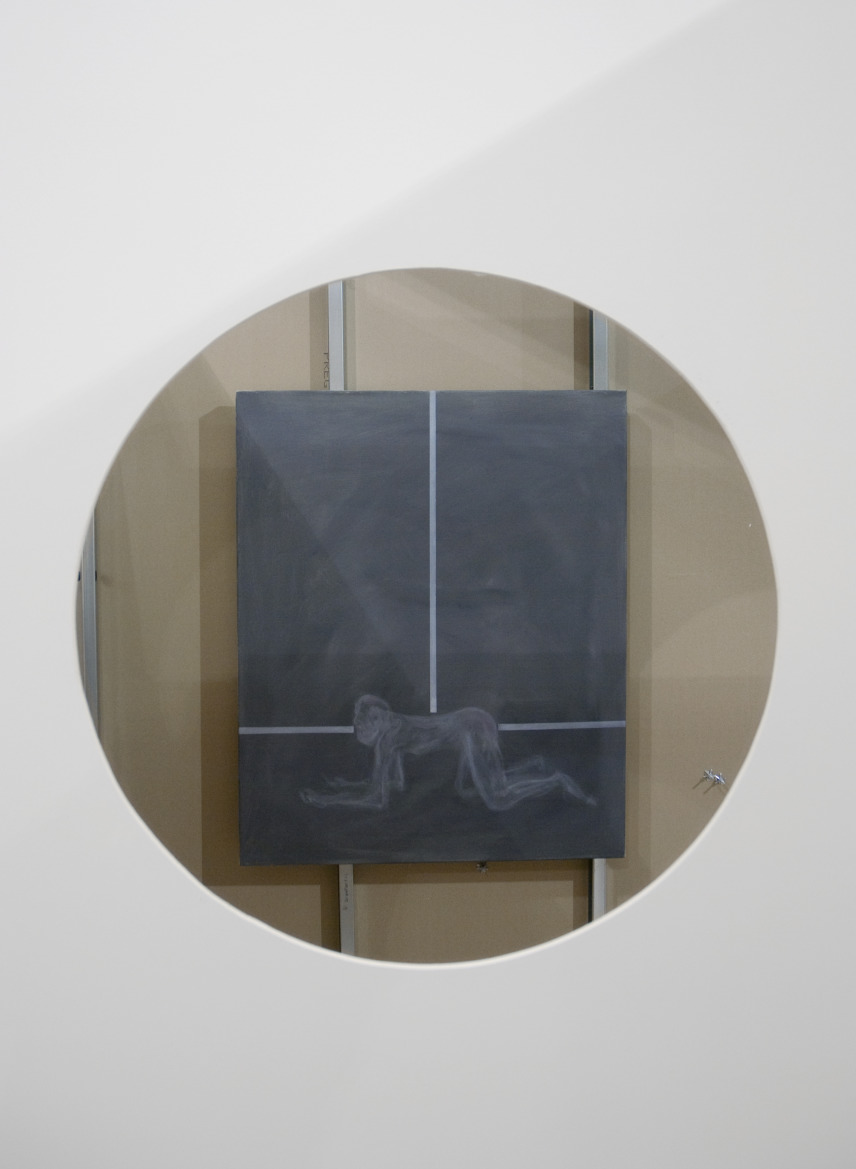
Labyrinth of truth, 2017, oil on canvas, 100 x 80 cm

Left: Pakui Hardware, On Demand IV, 2017, glazed ceramics and neon, 23 x 24 x 30 cm
Right: Paul Sochacki, Le Monde est un Portrait, 2017, oil on canvas, 105 x 71 cm
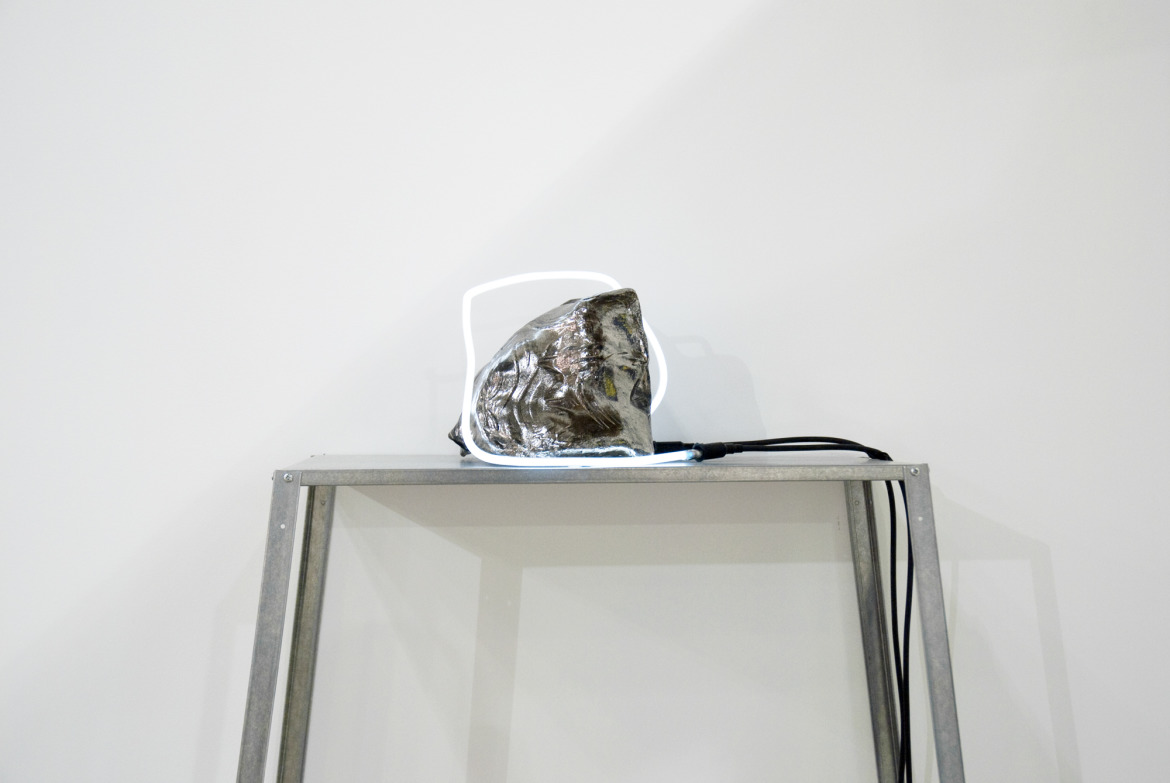
Pakui Hardware, On Demand IV, 2017, glazed ceramics and neon, 23 x 24 x 30 cm

Installation view, Art-O-Rama, 2017
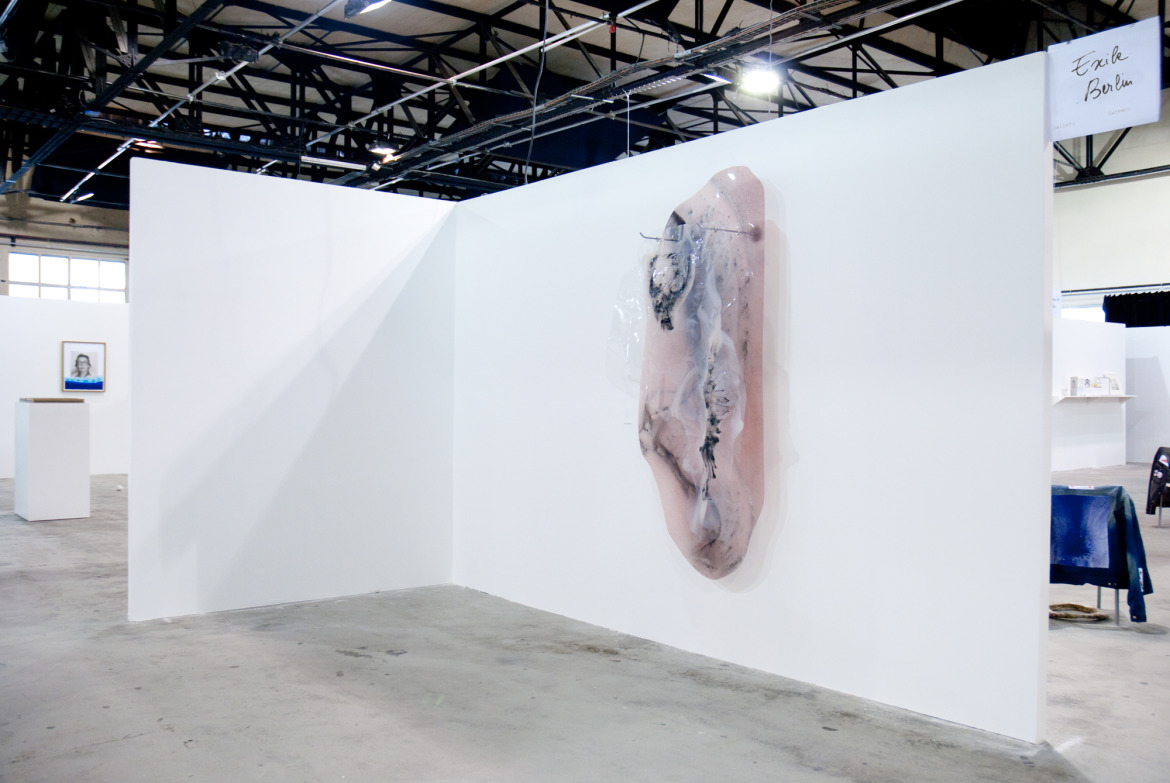
Opposite zig-zag wall, Pakui Hardware, On Demand VII, 2017, heat-treated plastic, silicone, soil, UV prints on PVC pentaprint film on two metal holders, 190 x 87 x 44 cm
We are excited to announce participation in ART-O-RAMA art fair in Marseille with works by artists Pauł Sochacki, Pakui Hardware and Erik Niedling in reference to Le voyage dans la lune (1902) by George Méliès.
Paul Sochacki’s series of paintings is entitled Le monde est un portrait and depict images of a planet. The works appear as almost identical, and yet can be quite different in size, color and through slight thematic variations. As with most of Paul Sochacki‘s paintings, the works appear at first sight deliberately naïve, almost childish. Upon closer inspection this surficial disguise fades and a stark, critical dimension reveals itself in the works. The particular body of work selected for ART-O-RAMA has a multitude of references but is specifically reminiscent of two early films by George Méliès La lune à un mètre (1898) and Le Voyage dans la Lune (1902).
Sochacki references early stop-motion animation and magical filmic fantasy but contrasts it through the title of the works. Sochacki’s body of work “Le monde est un portrait” brings the viewer to question the nature of technology in relation to the state of the planet we live in today: from environmental realities, to gender conflict to increasing political right-wing dangers, in Sochacki’s works Méliès’ early rocket landing on the moon becomes a sexualized dildo-shaped rocket flying into the mouth of planet earth and leaving a cum-like patina on the surface.
These paintings are set in dialogue with a new body of work by Erik Niedling. All blandly entitled Futures, the sculptures follow the tradition of bleigiessen in Germany. This archaic tradition, dating back to Roman times, remains a popular thing to do on New Year’s eve in many German-speaking and nordic countries with the leisurly aim to predict the future. Usually, small lead figurines are heated and liquified, then thrown in water to appear in a new shape that then are interpreted to predict one‘s future. Here, instead of small amounts, the artist pours kilograms of lead (now tin) into water to create the works, sourced from army‘s of tin soldiers the artist acquires for this purpose. These works appear as grand masculine connoted artistic gestures pointing in similar ways to issues of environmental use of resources, gender clichés as well as dooming macropolitical realities.
Pakui Hardware complete the conversation with a new series of neon and glazed ceramics sculptures entitled On Demand where the artists trace Capital traveling through bodies and materials.
→http://art-o-rama.fr



























